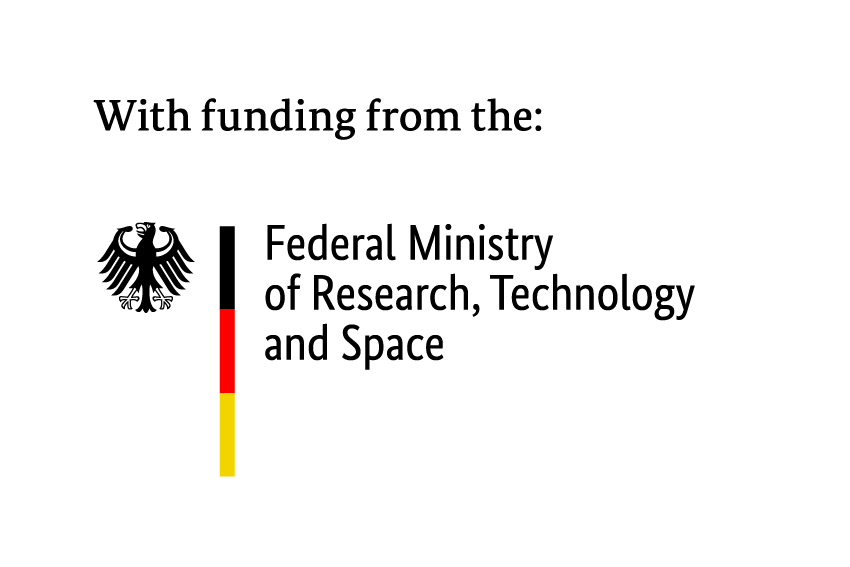Drug Discovery on the SpiNNaker2 Neuromorphic Supercomputer
Title: Drug Discovery on the SpiNNaker2 Neuromorphic Supercomputer
Project duration: 01.07.2022 – 30.06.2025
Research Area: Life Science and Medicine, Methods and Hardware for Neuro-Inspired Computing
Rapid computer-aided drug discovery could have tremendous benefits for future medicine development. However, scanning of large molecule databases currently takes days to weeks, significantly hindering development. The goal of this three-year project within Scads.AI is the development, implementation and benchmarking of large-scale drug screening with neural network based classifiers on the SpiNNaker2 neuromorphic supercomputer, for speeding up the drug discovery process, in close collaboration with the group of PI Meiler (U Leipzig).
Aims
Utilizing Spinnaker2 to run our models contributes to our goal of accelerating and refining the prediction process of binding affinities across a diverse range of protein structures within the established chemical space. This offers the potential to significantly expedite the pace of drug development.
Problems
Combinatorial libraries like Enamine REAL encompass billions of drug-like molecules. Neural classifiers can predict their binding affinity to target proteins. The challenge is to achieve an extremely high throughput for both computing the features to feed into neural classifiers, and for processing the neural networks. Specifically for our target hardware, the SpiNNaker2 supercomputer, the challenge is on how to implement the preprocessing on-chip and how to parallelize the DNN processing.
Practical Example
We modified neural networks to predict the binding affinity of small molecules to protein targets, specifically tailored to operate on the Spinnaker2 Platform. These networks were trained using curated molecules with known affinity and descriptors from the Biochemical Library (BCL). To enable deployment on Spinnaker2, we quantized the weights and input data from 32-bit to 8-bit and re-implemented the models for the ARM-based architecture.
Technology
We use deep neural networks (DNN) to classify whether molecules from a large database show high binding affinities to target proteins. The SpiNNaker2 neuromorphic system, a massively parallel neuro-inspired supercomputer, is used to process millions of molecules in parallel with highly-efficient DNN accelerators for int8 operations.
Outlook
This approach enables us to identify candidate molecules on SpiNNaker 2 more rapidly and accurately than current methods. In the future we aim to enhance and transfer our drug discovery pipeline on SpiNNaker2 to the pharmaceutical industry. In addition, we want to develop new hardware architectures that can further speed up the computational processes for this purpose.
Team
Lead
- Prof. Christian Mayr (TU Dresden)
Team Members
- Florian Kelber
- Paul Eisenhuth (Leipzig University)
Partners


